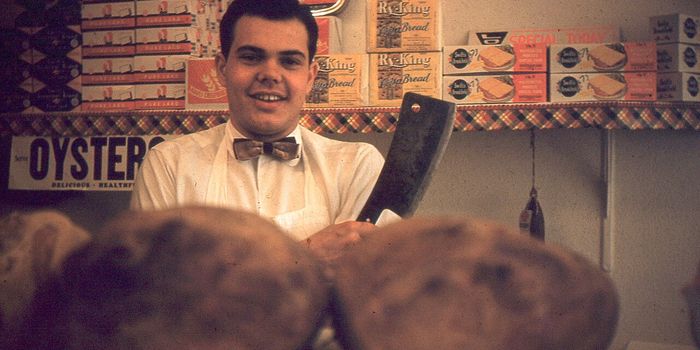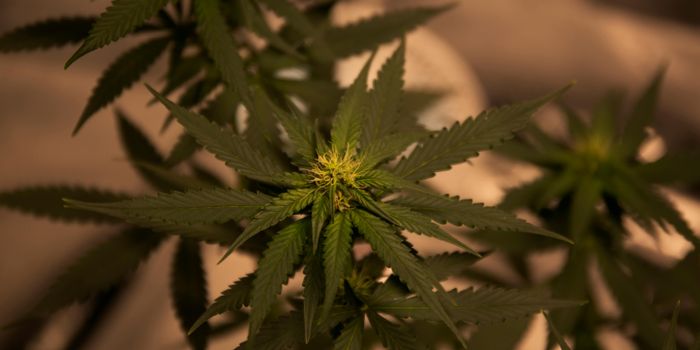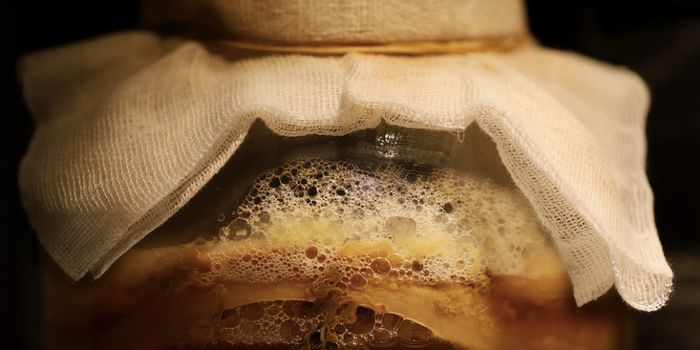Scientists Unravel the Mystery of the Shipworm... And it's Weird
There exists a creature at the bottom of lagoons known as a shipworm, and it’s so terrifying to look at that most would vomit at the thought of having to touch it. Nevertheless, the creature has gone unstudied for many years, until now, that is.
Shipworms exist in an undisclosed location near the Philippines; the precise location isn’t being disclosed because the creature’s protective shell can be worth quite a lot of money and experts don’t want to risk the creature being harvested for cash.
Up to this point in time, scientists have had no problem recovering their long shells, but they’ve never actually recovered a shipworm itself. On the other hand, that all changed recently when scientists got their first valuable look at the creature up close.

Described in the Proceedings of the National Academy of Sciences, shipworms thrive in lagoons where traces of rotting wood are present. Rotting wood is a particularly tasty treat to them, but it turns out that they don’t really need to “eat” at all because they have an alternative energy source they can rely on.
Related: Doctors pull a 6-foot tapeworm from man's mouth
It gets away with not eating by utilizing something called symbiotic bacteria, which can convert hydrogen sulfide from the muddy bottoms of the lagoons to generate their own energy for the creature. Since the creatures burrow deep within the mud at the bottoms of lagoons, it’s really no surprise that they’ve found a way to survive down there too.
These bacteria exist in the creature’s gills, and enable them to survive around the floor near hydrothermal vents where they can actively find hydrogen sulfide.
Related: Six new species discovered near hydrothermal vents in the Indian Ocean
This energy source isn’t very common in the world of animals, but because scientists discovered it happening in shipworms, they believe that there could be more animals out there that utilize bacteria for energy rather than eating.
It’s worth noting that because the shipworms utilize bacteria for energy instead of eating, their digestive tract is actually shrinking in size while their gill is growing. This appears to be natural selection taking its course, and perhaps one day, the worms will have such an insignificant digestive tract that they won’t even use it at all.
It was certainly a productive research project for scientists, as we finally know more about this mysterious creature that has eluded us for so long.
Source: University of Utah
-
MAY 07, 2024Is It Anti-RNP or Anti-Sm/RNP?
- See More
-
APR 30, 2024Immuno-Oncology Virtual Event Series 2024
-
MAY 07, 20243rd International Biosecurity Virtual Symposium
-
MAY 23, 2024For the Love of Digital PCR 2024
- See More

















































